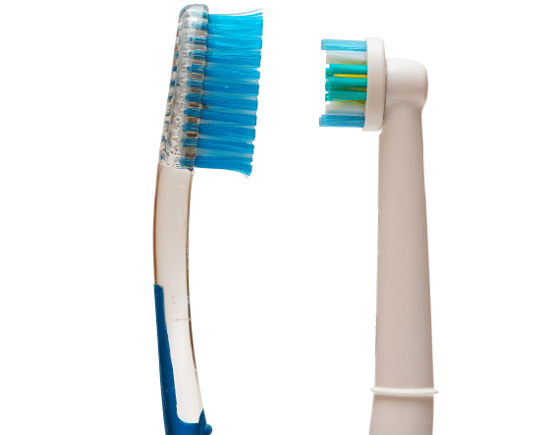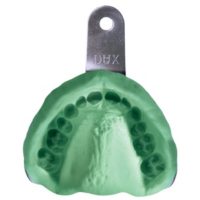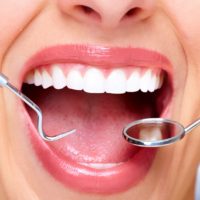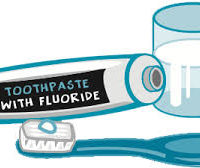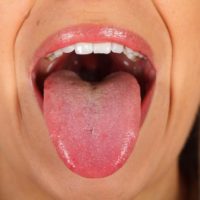Are you thinking about switching up your dental routine but not sure how? While manual toothbrushes are more cost effective, brushing with an electric toothbrush is proven to give a deeper clean. Manual toothbrushes offer a classic clean but do not have a timer and require you to do more work. Electric brushes help clean hard-to-reach areas in your mouth and help with fighting periodontal disease, or gum disease,without causing gum recession. You can also choose different intensities of brushing based on your preference.
There are two different kinds of electric toothbrushes: sonic and oscillating.
Sonic toothbrushes:
- Shaped like regular toothbrush heads and vibrate side to side to clean your teeth
- Around 40,000-50,000 strokes per minute without rotation (depends on brand)
- Pushes toothpaste, water, and saliva into areas where bristles don’t touch
- Prevents receding gums
Oscillating toothbrushes:
- Smaller, round toothbrush heads that turn quickly in both directions to clean teeth
- Around 8,000-65,000 strokes per minute with rotation (depends on brand)
- Removes plaque and prevents periodontal (gum) disease
- Reduces bleeding in gums
- Prevents receding gums
So, are electric tooth brushes better than manual ones? While they are easier to use, provide a deeper clean, and less damage to gum tissue, there are some cons to purchasing an electric toothbrush:
- Requires charging
- Costs more than a manual toothbrush
- Replacement heads can be expensive
- Less style options
- Potentially breakable
If the electric toothbrush pros outweigh the cons for you, then go ahead and purchase an electric toothbrush! They are recommended by dentists for being better for your oral health. They clean the places in your mouth that you can’t get with a manual brush.

